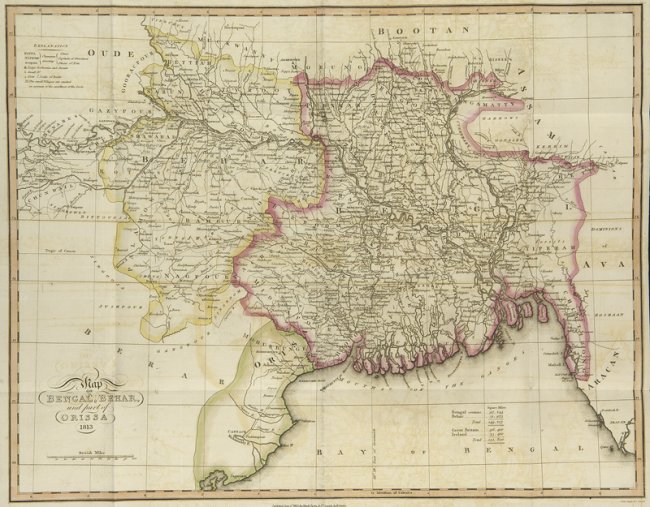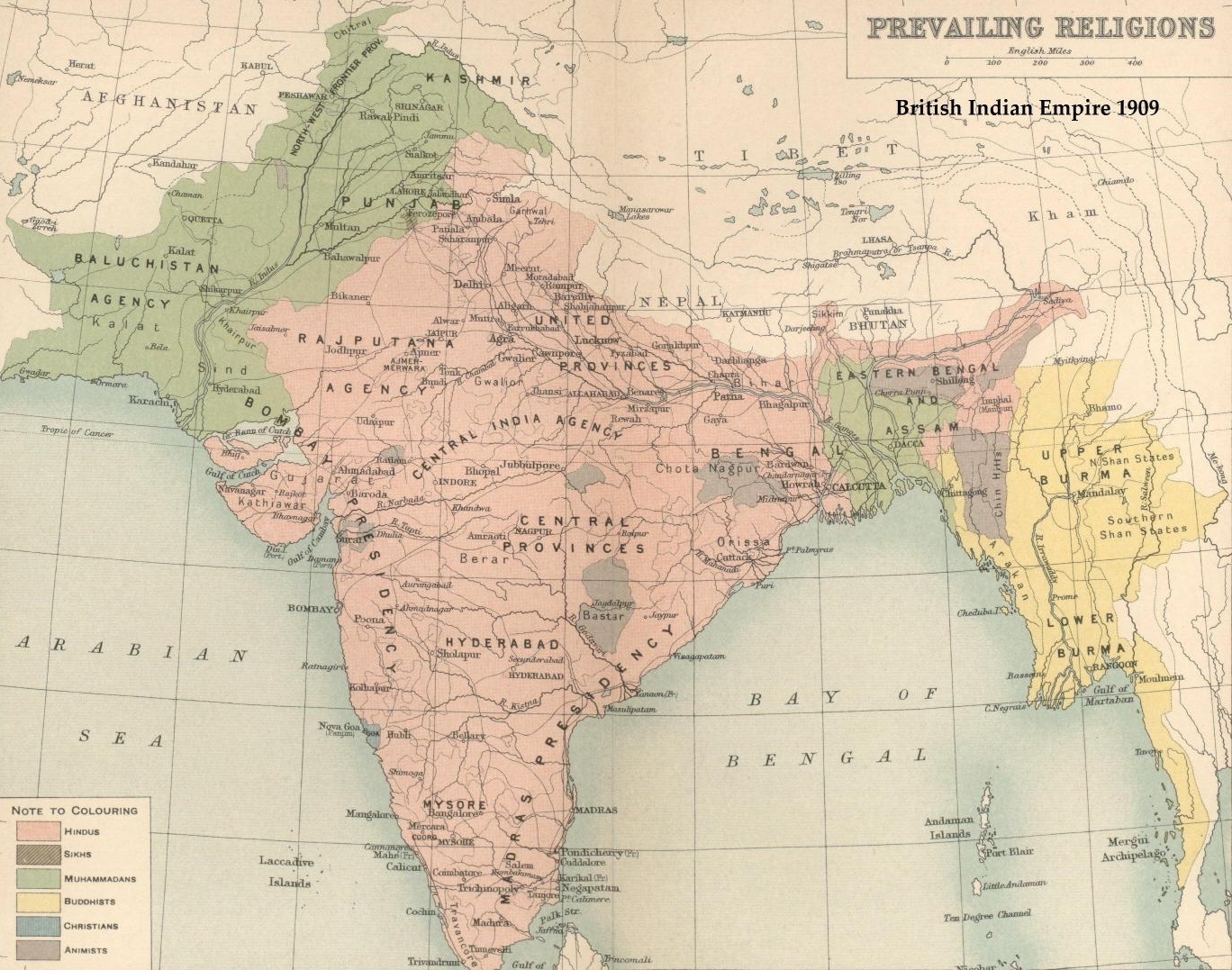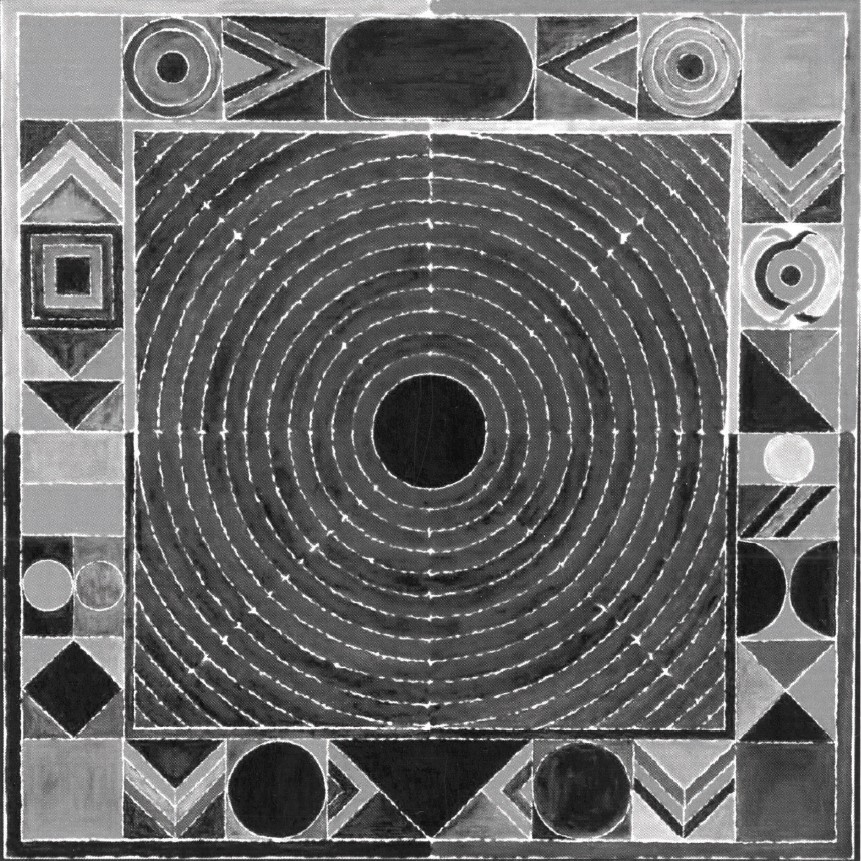|
Manishi Dey
Manishi Dey (22 September 1909 – 31 January 1966) was an Indian painter of the Bengal School of Art. Manishi Dey was the younger brother of Mukul Dey, a pioneering Indian artist and dry point etcher.Satyasri Ukil: "Mukul Dey: Pioneering Indian Graphic Artist." Mukul Dey Archives, updated 16 March 2013/ref> Their two sisters, Annapura and Rani Chanda, Rani, were accomplished in arts and crafts as well.Satyasri Ukil: "Manishi Dey: The Elusive Bohemian." art etc. news & views, February 2012 Early life and education He was born in Dhaka, Bengal Presidency. Originally named Bijoy Chandra, Manishi was the fifth child, and third son, of Purnashashi Devi and Kula Chandra Dey. In 1917, at the age of eight years, Manishi Dey's father died and he was sent to the Santiniketan school Patha Bhavana, which was founded by the Nobel Prize-winning poet Rabindranath Tagore. He seemed to dislike the preparatory conventions of Santiniketan and became mutinous. His education changed favourabl ... [...More Info...] [...Related Items...] OR: [Wikipedia] [Google] [Baidu] |
Dhaka
Dhaka ( or ; bn, ঢাকা, Ḍhākā, ), formerly known as Dacca, is the capital and largest city of Bangladesh, as well as the world's largest Bengali-speaking city. It is the eighth largest and sixth most densely populated city in the world with a population of 8.9 million residents as of 2011, and a population of over 21.7 million residents in the Greater Dhaka Area. According to a Demographia survey, Dhaka has the most densely populated built-up urban area in the world, and is popularly described as such in the news media. Dhaka is one of the major cities of South Asia and a major global Muslim-majority city. Dhaka ranks 39th in the world and 3rd in South Asia in terms of urban GDP. As part of the Bengal delta, the city is bounded by the Buriganga River, Turag River, Dhaleshwari River and Shitalakshya River. The area of Dhaka has been inhabited since the first millennium. An early modern city developed from the 17th century as a provincial capit ... [...More Info...] [...Related Items...] OR: [Wikipedia] [Google] [Baidu] |
Bangladesh Liberation War
The Bangladesh Liberation War ( bn, মুক্তিযুদ্ধ, , also known as the Bangladesh War of Independence, or simply the Liberation War in Bangladesh) was a revolution and armed conflict sparked by the rise of the Bengali nationalist and self-determination movement in East Pakistan, which resulted in the independence of Bangladesh. The war began when the Pakistani military junta based in West Pakistan—under the orders of Yahya Khan—launched Operation Searchlight against the people of East Pakistan on the night of 25 March 1971, initiating the Bangladesh genocide. In response to the violence, members of the Mukti Bahini—a guerrilla resistance movement formed by Bengali military, paramilitary and civilians—launched a mass guerrilla war against the Pakistani military, liberating numerous towns and cities in the initial months of the conflict. At first, the Pakistan Army regained momentum during the monsoon, but Bengali guerrillas counterattac ... [...More Info...] [...Related Items...] OR: [Wikipedia] [Google] [Baidu] |
Allahabad Museum
The Allahabad Museum is a national-level museum in Prayagraj, Uttar Pradesh. Established in 1931, it is known for its rich collection and unique objects of art, and is funded by Ministry of Culture. Moreover, it is a premier research centre for archaeologists, historians and academicians and carries out extensive research activities and publications in archaeology, art and literature. Its rock art gallery has the largest collection of prehistoric paintings displayed in India dating from 14,000 B.C to 2000 B.C. The museum, using solar power system, has become the first museum in the country to become self-reliant in power generation. The Allahabad Museum is centrally located in the Civil Lines area of the city in a lush green garden at Chandrashekhar Azad Park, popularly known as Company Bagh. It is about 3 km away from the Allahabad railway junction and almost equidistant from three different Railway Stations such as Prayag, Rambagh and Allahabad junction and about 12 km away fr ... [...More Info...] [...Related Items...] OR: [Wikipedia] [Google] [Baidu] |
Lalit Kala Akademi
The Lalit Kala Akademi or National Academy of Art (LKA) is India's national academy of fine arts. It is an autonomous organisation, established in New Delhi in 1954 by Government of India to promote and propagate understanding of Indian art, in and outside the country. LKA provides scholarships and a fellow program, and sponsors and organises exhibitions in India and overseas. It publishes a bilingual journal. It is funded by the Union Ministry of Culture. Its headquarters are at Ravindra Bhawan, Ferozshah Road, New Delhi. History After achieving independence in 1947, the leaders of the nationalist movement realised the value of culture as a vehicle of interaction and its importance in shaping not only the Indian identity on its own, but also carving out an sphere of interaction where other art forms would further the cause of national unity. It was seen necessary that a cultural reorganisation of the nation should come through the institutional infrastructure of the state. ... [...More Info...] [...Related Items...] OR: [Wikipedia] [Google] [Baidu] |
National Gallery Of Modern Art
National may refer to: Common uses * Nation or country ** Nationality – a ''national'' is a person who is subject to a nation, regardless of whether the person has full rights as a citizen Places in the United States * National, Maryland, census-designated place * National, Nevada, ghost town * National, Utah, ghost town * National, West Virginia, unincorporated community Commerce * National (brand), a brand name of electronic goods from Panasonic * National Benzole (or simply known as National), former petrol station chain in the UK, merged with BP * National Car Rental, an American rental car company * National Energy Systems, a former name of Eco Marine Power * National Entertainment Commission, a former name of the Media Rating Council * National Motor Vehicle Company, Indianapolis, Indiana, USA 1900-1924 * National Supermarkets, a defunct American grocery store chain * National String Instrument Corporation, a guitar company formed to manufacture the first reso ... [...More Info...] [...Related Items...] OR: [Wikipedia] [Google] [Baidu] |
SH Raza
Sayed Haider Raza (22 February 1922 – 23 July 2016) was an Indian painter who lived and worked in France from 1950 until his death, while maintaining strong ties with India. He was born in Kakkaiya (District Mandla), Central Provinces, British India, which is now present-day Madhya Pradesh. He was a renowned Indian artist. He was awarded the Padma Shri in 1981,Lalit Kala Ratna Profiles Official list of Awardees at lalitkala.gov.in. Fellowship of the Lalit Kala Academi in 1984, in 2007, and |
Richard Bartholomew
Richard Lawrence Bartholomew (29 November 1926 – 11 January 1985) was an Indian art critic, photographer, painter, poet, and writer. Early life Richard Bartholomew fled from Tavoy (Dawei), Burma (Myanmar), where he was born, during the Second World War. To escape the Japanese capture of Burma and the imminent persecution on account of their Christian names, Bartholomew fled with his family, walking the General Stilwell Road from Mandalay to Ledo in upper Assam, India. His schooling at St. Paul's School in Rangoon (Yangon) was interrupted because of the Japanese invasion and Bartholomew finished high school at Delhi's Cambridge School. He received his bachelor's and master's degree from St. Stephen's College, Delhi in 1950. While at St. Stephens, he met Rati Batra, his future wife, who was herself a refugee from Pakistan who came to India during the Partition in 1947. Bartholomew lived in India as a stateless citizen until 1967 when he gained Indian citizenship, thereby clo ... [...More Info...] [...Related Items...] OR: [Wikipedia] [Google] [Baidu] |
Venkataramiah Sitaramiah
Venkataramaiah Seetharamaiah (2 October 1899 - 4 September 1983) commonly known as Vee See, was a Kannada poet, writer, essayist, critic, editor and teacher who taught Kannada literature at University of Mysore between 1928 and 1955. He is a recipient of the Karnataka Sahitya Akademi Award (1973), Kendra Sahitya Akademi Award and an Honorary Doctorate ( D. Litt) from University of Mysore in 1976. He presided over the 36th Kannada Sahitya Sammelana (Kannada Literary Conference) at Kumta in 1954. He has authored about sixty works in Kannada with about eight anthologies of poems, thirty-six works of Kannada prose, ten translations from English to Kannada and ten biographical sketches written in English. This corpus of writing spans fifty years of his academic career and includes nearly every conceivable genre and style of writing prevalent in his time. He mainly embodied the Navodaya movement in Kannada literature in the 1950s and 1960s. V. Seetharamaiah was an Economist by educat ... [...More Info...] [...Related Items...] OR: [Wikipedia] [Google] [Baidu] |
Partition Of India
The Partition of British India in 1947 was the Partition (politics), change of political borders and the division of other assets that accompanied the dissolution of the British Raj in South Asia and the creation of two independent dominions: Dominion of India, India and Dominion of Pakistan, Pakistan. The Dominion of India is today the India, Republic of India, and the Dominion of Pakistan—which at the time comprised two regions lying on either side of India—is now the Pakistan, Islamic Republic of Pakistan and the Bangladesh, People's Republic of Bangladesh. The partition was outlined in the Indian Independence Act 1947. The change of political borders notably included the division of two provinces of British India, Bengal Presidency, Bengal and Punjab Province (British India), Punjab. The majority Muslim districts in these provinces were awarded to Pakistan and the majority non-Muslim to India. The other assets that were divided included the British Indian Army, ... [...More Info...] [...Related Items...] OR: [Wikipedia] [Google] [Baidu] |
Curuppumullage Jinarajadasa
Curuppumullage Jinarajadasa (16 December 1875, Sri Lanka – 18 June 1953, United States) was a Sri Lankan Sinhalese author, occultist, freemason and theosophist. The fourth president of the Theosophical Society, Jinarajadasa was one of the world's foremost Theosophical authors, having published more than 50 books and more than 1600 articles in periodicals during his life. His interests and writings included religion, philosophy, literature, art, science and occult chemistry. He was also a rare linguist, who had the ability to work in many European languages. Early life Jinarajadasa was born on 16 December 1875 in Sri Lanka to a family of Sinhalese parents. He was one of the first students of Ananda College, Colombo. In 1889, when Charles Webster Leadbeater, the first principal of Ananda College was asked by A.P. Sinnett to come back to England to tutor his son, Leadbeater agreed and also brought one of his pupils, Jinarajadasa, to England with him. Thanks to Leadbeater, Jinar ... [...More Info...] [...Related Items...] OR: [Wikipedia] [Google] [Baidu] |
Modern Indian Painting
The modern Indian art movement in Indian painting is considered to have begun in Calcutta in the late nineteenth century. The old traditions of painting had more or less died out in Bengal and new schools of art were started by the British. Initially, protagonists of Indian art such as Raja Ravi Varma drew on Western traditions and techniques including oil paint and easel painting. A reaction to the Western influence led to a revival in primitivism, called as the Bengal school of art, which drew from the rich cultural heritage of India. It was succeeded by the Santiniketan school, led by Rabindranath Tagore's harking back to idyllic rural folk and rural life. Despite its country-wide influence in the early years, the importance of the school declined by the 'forties' and now it is as good as dead. British art schools Oil and easel painting In India began in the starting of eighteenth century which saw many European artists, such as Zoffany, Kettle, Hodges, Thomas and William D ... [...More Info...] [...Related Items...] OR: [Wikipedia] [Google] [Baidu] |
Bombay Progressive Artists' Group
The Progressive Artists' Group (PAG), was a group of modern artists, mainly based in Bombay, from its formation in 1947. Though it lacked any particular style, there might be said to have been a move towards a synthesis of influences from Indian art history together with styles prevalent in Europe and North America during the first half of the 20th century, including Post-Impressionism, Cubism and Expressionism. History The Progressive Artists' Group (PAG) was formed by six founder members, F. N. Souza, S. H. Raza, M. F. Husain, K. H. Ara, H. A. Gade, and S. K. Bakre (the only sculptor in the group). Others, who later got associated with the group included Manishi Dey, Ram Kumar, Akbar Padamsee and Tyeb Mehta. The group wished to break with the revivalist nationalism established by the Bengal school of art and to encourage an Indian avant-garde, engaged at an international level. The Group was formed just months after the 14 August 1947 "Partition of India" and Pakista ... [...More Info...] [...Related Items...] OR: [Wikipedia] [Google] [Baidu] |







